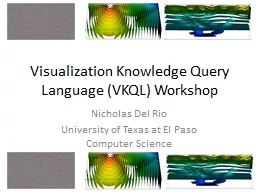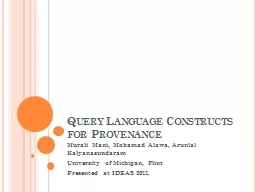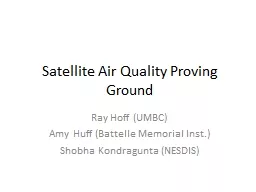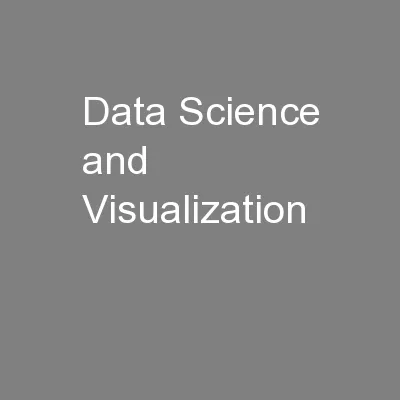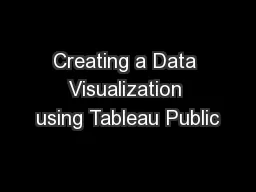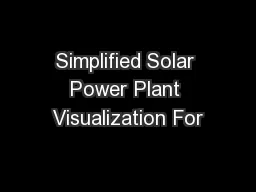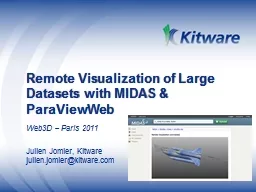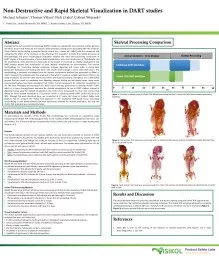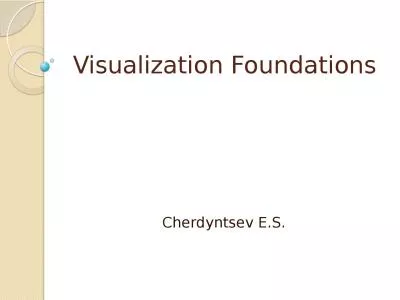PPT-Visualization Knowledge Query Language (VKQL) Workshop
Author : danika-pritchard | Published Date : 2016-05-10
Nicholas Del Rio University of Texas at El Paso Computer Science Workshop Objectives U nderstand notion and purpose of visualization queries Understand why writing
Presentation Embed Code
Download Presentation
Download Presentation The PPT/PDF document "Visualization Knowledge Query Language (..." is the property of its rightful owner. Permission is granted to download and print the materials on this website for personal, non-commercial use only, and to display it on your personal computer provided you do not modify the materials and that you retain all copyright notices contained in the materials. By downloading content from our website, you accept the terms of this agreement.
Visualization Knowledge Query Language (VKQL) Workshop: Transcript
Download Rules Of Document
"Visualization Knowledge Query Language (VKQL) Workshop"The content belongs to its owner. You may download and print it for personal use, without modification, and keep all copyright notices. By downloading, you agree to these terms.
Related Documents

